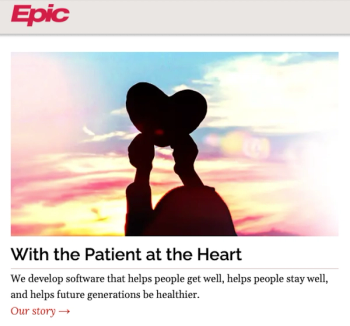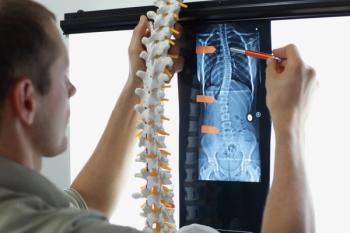
Health information technology: Better in long term despite short-term safety risks
Responding to a new report that says growing pains for health information technology are creating some short-term safety issues, technology experts say physicians should remember one immutable fact: The new systems are far less dangerous than the old paper-based systems still used by many practices. The Institute of Medicine said there have been reported cases of patient injury related to medication dosing errors, failure to detect fatal illnesses, and treatment delays due to poor human-computer interactions or loss of data. Read on to learn how can you avoid these errors when using technology in your practice.
Responding
Although the magnitude of the problem remains unknown, “serious errors involving these technologies-including medication dosing errors, failure to detect fatal illnesses, and treatment delays due to poor human-computer interactions or loss of data-have led to several reported patient deaths and injuries,” the
“Just as the potential benefits of [H]IT are great, so are the possible harms to patient safety if these technologies are not being properly designed and used,” said Gail Warden, chairman of the committee that wrote the report and president emeritus of Henry Ford Health System in Detroit, Michigan. “To protect patients, industry and government have a shared responsibility to ensure greater transparency, accountability, and reporting of IT-related medical errors,” he added.
“We must focus on the integrity and accuracy of data so clinicians can trust the information” HIT systems provide, Michelle Dougherty, MA, CHP, director of practice leadership for the American Health Information Management Association (AHIMA), told Medical Economics e-Consult. “Hold harmless and confidentiality clauses prevent independent review of systems and problems. As an industry, we must recognize that there are serious problems and that fixing them has taken too long,” she adds.
The IOM report recommends several steps to address these issues and improve safety. These include creating a mechanism for providers and vendors to report HIT-related deaths, injuries, or unsafe conditions, and establishing an independent federal entity to investigate the reports and ensure that HIT vendors support the free exchange of information, particularly regarding patient safety issues. These oversight and reporting systems would cover electronic health records, secure patient portals, and health information exchanges. Software for medical devices would not be included.
If “progress toward improving safety is insufficient within a year, the U.S. Food and Drug Administration should exercise its authority to regulate these technologies,” the report adds.
“There’s no question that the option of coming under FDA regulations is a stick; it relays the seriousness of the issues and the need to address them immediately,” Dougherty said. “Today, problems are buried in code, outside the reach of provider organizations. Clinicians trust their vendors and rely on them to fix problems quickly, but industry has been too slow to respond, in part because of this cloak of secrecy.”
The
Related Content
Newsletter
Stay informed and empowered with Medical Economics enewsletter, delivering expert insights, financial strategies, practice management tips and technology trends — tailored for today’s physicians.














